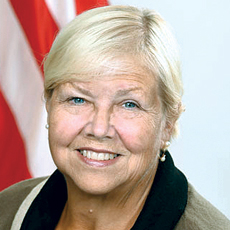
How will PDPM affect resident care?
Nursing care documentation has been influential but hasn’t driven payment to the degree it will October 1.
Review and revise the tools used by both nurses and nursing assistants to ensure that they are observing and reporting what they see. Also, make sure they’re doing it in a manner that can be used to support the changes in condition and care provided.
Documentation always has been a critical component in the legal system when it comes to resident care. It is now crucial to the financial well-being of the facility, that a resident’s care is documented in a detailed, accurate manner that reflects clearly the conditions and the treatments with the outcomes of the care provided.
Areas of documentation that are often overlooked:
Respiratory therapy: Documenting the minutes used while the nurse is setting up the resident, assessing the residents’ respiratory status, attending to the treatment being provided, assessing the resident and removing the nebulizer from resident.
Cognitive impairment: This is often overlooked by nursing as to specific items such as: Making self understood, ability to make daily decisions and short-term memory.
Swallowing issues: Monitoring for holding food in cheeks, coughing or choking, taking meds, pain or difficulty swallowing during meals.
There is also the thought of chasing higher-acuity residents. Be open to caring for these residents but do not go chasing after them and building units for a specific disease category. Care needs to be more rounded, especially with the nursing shortage. Don’t set yourselves up for failure. Nurses will work for only so long under stressful situations. Having high acuity and low nurse levels will result in high turnover.
Please send your resident care-related questions to Sherrie Dornberger at [email protected].
From the May 1, 2019 Issue of McKnight's Long-Term Care News




